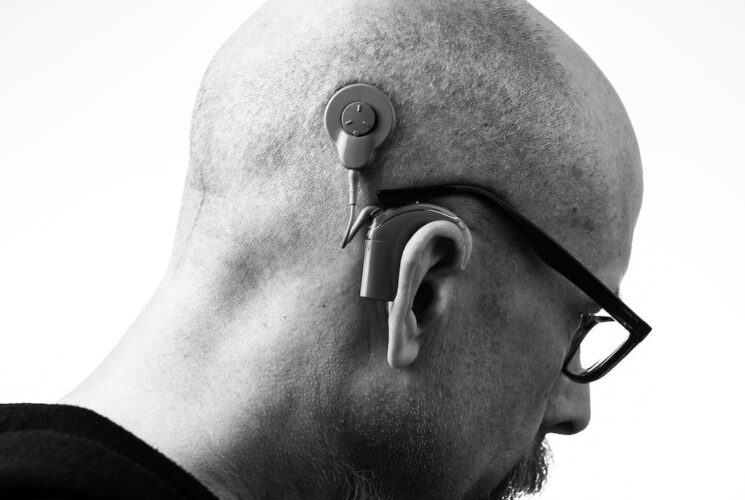
Hearing loss can greatly impact one’s quality of life, affecting communication, relationships, and overall well-being. Over-the-counter (OTC) hearing aids have emerged as a convenient and accessible solution for individuals with mild to moderate hearing loss. People of all ages can easily purchase and use them.
This blog post will provide a helpful understanding of OTC hearing aids. We will explore what they are, the benefits they offer, and the different types available in the market. By delving into these aspects, one can decide whether OTC hearing aids are suitable for their hearing needs. Read on to know more.
OTC hearing aids are hearing devices that can be bought directly by consumers without a prescription or a hearing healthcare professional’s intervention. They are designed to help mild to moderate hearing loss. They are available in various styles and technologies. OTC hearing aids are regulated by the US FDA to make sure they meet safety and efficacy standards.
OTC hearing aids are often more cost-effective compared to traditional hearing aids, which require professional fittings and ongoing clinical support.
Individuals can conveniently purchase and use OTC hearing aids without needing multiple appointments or waiting periods.
OTC hearing aids offer flexibility in terms of maintenance and adjustments, allowing users to personalize their settings according to their preferences and changing hearing needs.
OTC hearing aids empower users to take control of their hearing health by providing the ability to fine-tune settings and monitor their hearing performance.
These devices amplify sound but are not specifically designed for hearing loss. PSAPs can be used to enhance situational hearing, such as in quiet environments or during recreational activities.
These devices are designed for those experiencing mild to moderate auditory loss. They offer preset sound amplification settings and limited customization options.
These devices are more sophisticated and suitable for individuals with varying degrees of hearing loss. They often provide customizable sound profiles and additional features like noise reduction and feedback suppression.
These devices combine hearing aid technology with wearable devices, such as earbuds or headphones, offering a discreet and versatile hearing solution.
© InsiderScoop